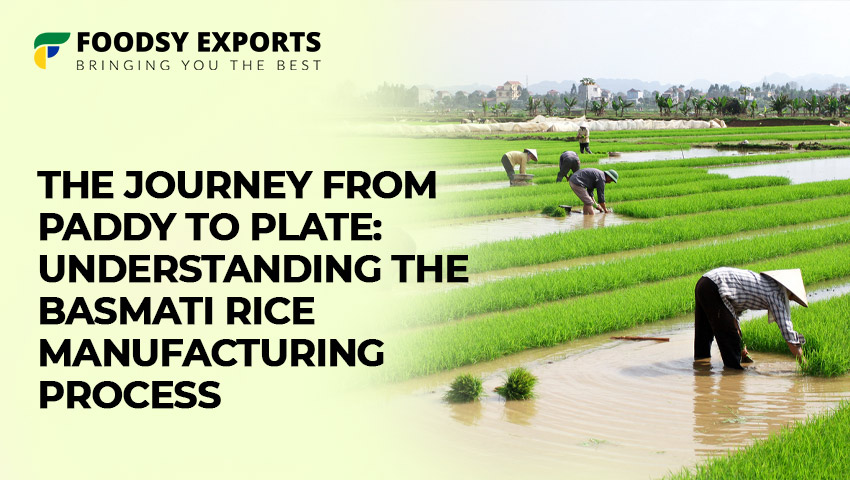Introduction:
Basmati rice, known for its aromatic fragrance and long, slender grains, is a staple in many households and a favorite choice for various cuisines around the world. Have you ever wondered how this exquisite grain goes from paddy fields to your plate? In this article, we’ll take you on a journey through the basmati rice manufacturing process, revealing the meticulous steps involved in bringing this cherished grain to your table.
Seed Selection & Cultivation:
The process of manufacturing basmati rice starts with the careful selection of high-quality seeds. Reputable basmati rice exporters, including some of the top basmati rice exporters in India, collaborate with experienced farmers who follow best practices in seed selection and cultivation. The farmers ensure ideal growing conditions, including suitable soil types, proper irrigation, and adequate sunlight to foster the growth of healthy and aromatic basmati rice crops.
Harvesting & Threshing:
Once the basmati rice crops have matured, they are ready for harvesting. Skilled farmers use traditional methods or modern machinery to carefully harvest the paddy plants. After harvesting, the paddy undergoes threshing, a process that separates the grains from the straw and husk.
Read Also: Basmati Rice: Elevating Gourmet Cuisine And Catering Services To New Heights
Milling & Polishing:
The harvested paddy grains then undergo milling, where the outer husk is removed to expose the inner rice grain. This process is crucial for obtaining the desirable texture and quality of basmati rice. The milled rice grains are then polished to enhance their appearance and remove any remaining impurities, resulting in shiny and visually appealing basmati rice.
Sorting & Grading:
To ensure consistent quality, basmati rice undergoes meticulous sorting and grading. State-of-the-art technologies are employed by top basmati rice exporters, including leading basmati rice exporters in India, to remove broken or damaged grains, as well as any foreign particles. The sorted rice grains are then classified into different grades based on their length, color, and purity.
Read Also: Unlocking the Culinary Magic of Basmati Rice: A Guide by Top Basmati Rice Exporters and Manufacturer
Packaging & Storage:
Once the basmati rice grains have been sorted and graded, they are carefully packaged in suitable containers to maintain their freshness, aroma, and quality. Top basmati rice exporters, including those known for their export expertise and quality products, prioritize proper packaging techniques and use moisture-resistant materials to protect the grains during transportation and storage. The packaged rice is stored in controlled environments to preserve its taste and nutritional value.
Conclusion:
From seed selection to packaging, the journey of basmati rice involves a series of meticulous processes that contribute to its exceptional quality and appeal. Understanding the basmati rice manufacturing process provides insight into the efforts taken by top basmati rice exporters, including the leading exporters in India like Foodsy Exports, to deliver this cherished grain to consumers worldwide. The next time you savor a plate of aromatic basmati rice, you can appreciate the dedication and craftsmanship involved in every grain.
Read Also: Exploring The Different Grades of Basmati Rice: Which One is Right for You?




